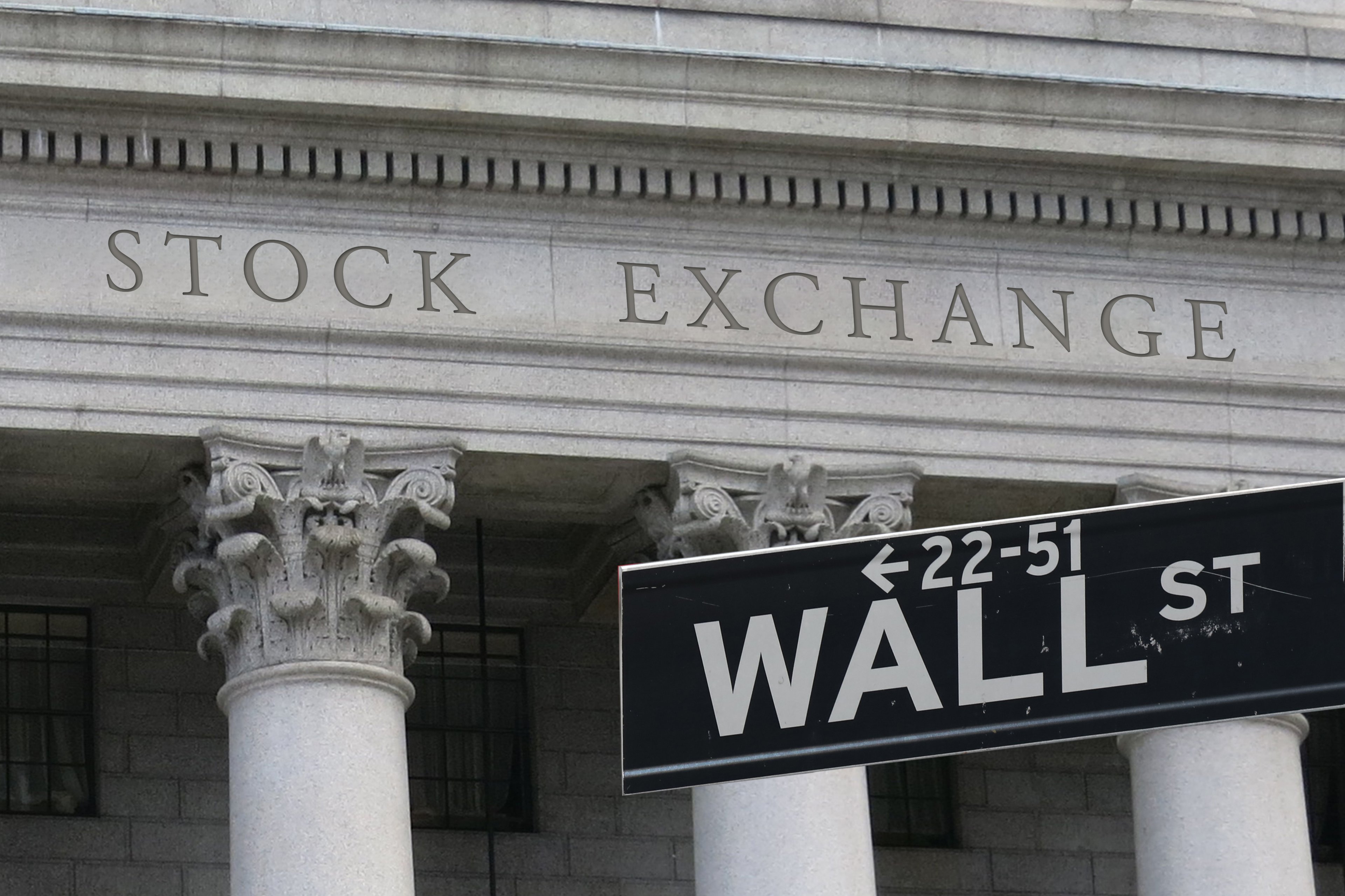The second quarter of the year is officially in the books, and it could be one of the most interesting earnings reports for banks in recent memory -- not since the Great Recession have bank earnings been so widely anticipated.
While first quarter earnings reports were obviously a big deal, they only really accounted for a few weeks in March that had been affected by the coronavirus pandemic. January and February had actually been very solid months for banks. This quarter will show the impact of three full months of the virus on the economy, including an extended period of time where most states required citizens to shelter-in-place. Here is what to keep an eye on:

Image Source: Getty Images.
1. Lower revenue
I would expect the top line to suffer more in the second quarter than it did in the first. The economy was essentially put on pause for 1.5 months during the quarter, and saw much lower consumer spending. This likely translated into lower volumes of loan originations, and margins on loans should continue to see pressure as a result of the Fed dropping rates to zero in March. IPO and merger and acquisitions activity also dried up for a time during the quarter, which could hamper revenues in some parts of the capital markets and investment banking divisions.
Banks will benefit from lots of loan fees from the Paycheck Protection Program (PPP), which will be added to net interest income, but it's hard to know if we will see that impact in the second quarter, or more in the third, because banks collect the fees as the loans are forgiven. "I think we'll all be talking about fee income and margin with and without the PPP loans in the second quarter," People's United Financial (PBCT +0.00%) CFO David Rosato said on the bank's first quarter earnings call .
Mortgage activity could be another bright spot. Refinancings surged earlier in the quarter when the 10-year treasury bill dropped to historic lows, and purchase mortgage activity actually picked up in the back half of the quarter as states began to reopen.
The second quarter will likely also produce another quarter of high trading revenue for investment banks. JPMorgan Chase's (JPM 0.18%) head of corporate and investment banking, Daniel Pinto, said at the end of May that second quarter trading revenue was expected to grow 50% from the second quarter of 2019. Unfortunately, most revenue could be offset by another quarter of high loan loss provisions as well as actual losses.
2. Credit quality will likely deteriorate
Banks set aside a lot of cash in the first quarter to cover future potential loan losses, a line item known as the credit or loan loss provision. This provision, which cuts directly into profits, could be just as high in the second quarter. JPMorgan's CEO Jamie Dimon said at a virtual conference that the bank's provision in the second quarter could be "roughly equivalent" to that of the first quarter, which was roughly $8.3 billion.
It will also be interesting to look at other credit metrics such as non-performing loans, those that haven't received any payments for at least 90 days, and charge-offs, reflecting debt that is unlikely to be collected. In the first quarter, charge-offs, which most accurately represent actual loan losses, did not rise that much because again, the first quarter really only saw a few bad weeks. But non-performing loans rose 7.3% from the fourth quarter of 2019, according to the FDIC .
Non-performing loans can be a good indicator of charge-offs to come, so it will be interesting to see how many of those turned into charge-offs, particularly on commercial and industrial loans, where non-performing loans in this sector rose more than 20% in the first quarter from the preceding quarter, according to the FDIC . Ultimately, charge-offs could really start to hit in the second quarter. On a side note, charge-offs and non-performing loan levels could also be a good indicator of how effective government intervention such as PPP loans and stimulus checks have been at helping people weather the storm.
3. Mortgage forbearances and loan modifications
Trying to gauge the number of loans that have seen their terms modified as a result of the coronavirus has been difficult because banks do not currently have to categorize loan modifications due to the coronavirus as troubled debt restructurings. This is the normal category on a bank's financial statements where investors and analysts would look for this information. Many banks have provided their own disclosures, so it will be important to compare loan modifications between the first and second quarters if the information is available. I think the level of loan modifications could be another good indicator for how well government intervention is working.
Mortgage forbearances likely rose, because we already know that total mortgage forbearance plans in the second quarter reached 4.68 million, or 8.8% of all active mortgages, equating to more than $1 trillion in unpaid principal on home loans.
4. Common equity tier 1 capital ratio
The common equity tier 1 (CET1) capital ratio is a measure of a bank's core capital as a percentage of its risk-weighted assets. Many banks in the first quarter saw this ratio decrease, which is important because if the ratio falls below regulatory minimums, bank dividends could be at risk. Yes, Fed stress tests have been released and most large banks expect to maintain their normal dividends in the third quarter. But that doesn't mean the dividend will be safe in the fourth quarter or the beginning of 2021.
The main reason for the decline in CET1 ratios is because the denominator in the equation, the risk-weighted assets part, rose significantly at most banks. The main reason for this rise was because businesses, concerned about liquidity, collectively drew down $425 billion on existing lines of credit in the month of March, according to U.S. Office of the Comptroller of the Currency . However, many banks on first quarter earnings calls in April said these drawdowns had slowed significantly in April. I suspect the CET1 ratio will come up for most banks after the second quarter, but it may not or it may only come up slightly.
5. Guidance
Due to the level of uncertainty, many banks withdrew their guidance for the year, leaving investors and analysts in the dark. But now the Fed has released a lot more data regarding how the economy may perform, and banks have better data about their customers as well. Will banks provide any type of guidance for the rest of the year or beyond? If they do, it could suggest that they have more confidence and a better grasp of how the economy will perform as it wades further into the pandemic.






